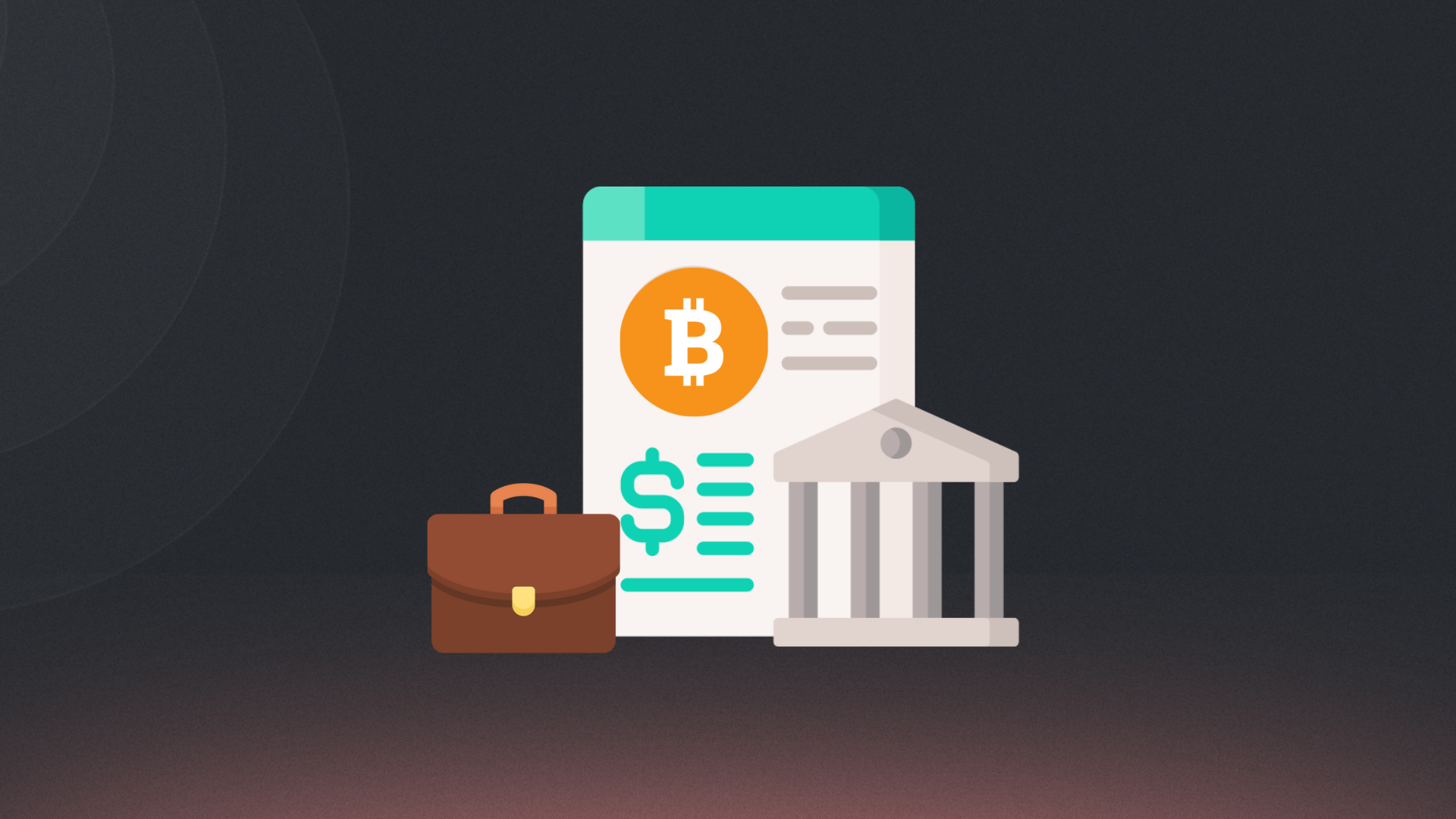Women's Access to Finance: 8 Eye-Opening Facts
Women’s access to finance is still precarious around the world. There remains a gender gap that is increasingly important to bridge.

Women’s access to finance and labor around the world has improved tremendously in the last century. Still, it remains unequal in many areas of the world.
This gender gap in finance is significant—not only for the women it affects, but also for the communities that rely on them and their country at large.
Let’s unpack how this gender gap manifests itself today, and the substantial impacts improving accessibility for women could have in the world.
1. A $1.7 trillion finance gap exists between men and women entrepreneurs in developing countries.
Micro, small and medium enterprises (MSMEs) are the backbone of local economies. In developing countries, they face difficulty obtaining funds through formal loans and investments.
In particular, female owners of MSMEs are both fewer in number and more likely to be underfunded than their male counterparts. Women’s access to finance is additionally limited by this gender gap in finance.
This is especially significant considering the next fact.
2. 28% of women in low-income countries want to start a business.
Globally, it’s one in ten women who wish to open their own business. That upwards of one in four women in low-income countries have intentions of starting their own enterprises is significant for these regions’ economic and social growth.
Supporting these women in their business endeavors is important for their sake and their communities’. Indeed, it’s well proven that everyone benefits from a world where women can play their part in creating long-lasting value.
3. Access to finance empowers women politically.
Aside from becoming business owners, simply having access to finance through different services and products such as a bank account is also a life-changer. Increased access to finance for women is correlated with increased political participation.
Women are more likely to vote and run for office when they have access to a bank account. In turn, they can contribute to break existing gender taboos and improve accessibility for their generation and the next.
4. Women’s access to finance empowers them within their households.
In addition to improving the economic and political conditions women evolve in, access to finance also allows for women to grow in decision-making power in their immediate surroundings.
Women are better able to care for their well-being and that of their family when they have the means to do so, through the maintenance of a savings account, for instance.
A study conducted in the Philippines shows more durable and household goods are purchased when women in the household have access to such a financial product.
5. Women are 31% more likely to have an inactive financial institution account than men.
The gender gap in finance extends beyond bank account ownership. Among the women who do own financial institution accounts, many are underutilizing offered financial services. This means they are missing out on the advantages their accounts could otherwise give them, like interests earned on savings or credit-card cashback.
There are many reasons why one would underutilize their bank accounts, from distance from banking institutions to lack of financial knowledge.
Women can also feel pressure to leave the finances to their husbands, despite the fact that women’s access to finance and contributing to the tending of finances can help improve the well-being of the household as a whole. Historically, in many parts of the world, women and money represented a taboo.
6. Both the poorest and the richest countries have the highest women’s labor force participation rate.
Indeed, when looking at labor participation rates at different income levels, women aged 25 to 57 work more in both the richest and the poorest countries.
When accounting for younger women under the age of 25, on the other hand, women of low-income countries work significantly more than their counterparts in high-income countries.
This is because education is more easily accessible in countries of a higher income.

7. Within the informal economy, women are more likely to occupy the more vulnerable job sectors.
Working within the informal sector of economic activity comes with its own share of challenges, including overall lower wages and harsher conditions than a regulated work environment.
Concerningly, the informal jobs more vulnerable to loss of income and poverty are overwhelmingly occupied by women. These sectors include piece-rate work as well as domestic work.
8. Improving both women’s access to financial services and the way financial services cater to women could generate more than $700 billion in global revenue.
Although the welfare of women itself is reason enough to work on improving women’s access to finance around the world, these numbers and what they could represent are not negligible.
These funds could contribute to lifting communities and families from poverty, helping all flourish at equal opportunities.
Conclusion
Women’s access to finance is of the utmost importance. The relationship between women and money is relevant for their well-being, as well as the well-being of all.
The accessibility of finance can improve thanks to technology—both across geographical areas and gender lines. Keep learning about the gender gap in financial services around the world and the impacts of accessibility on women, their communities, and the world at large.
Subscribe to our newsletter to learn about EZO’s products and other financial topics so you are ready to manage your finances wisely and straightforwardly when we launch in your country.
Frequently Asked Questions
How Does Women’s Access to Finance Empower Them?
Accessing finance leads on the long term to increased opportunities for betterment, whether it is on a personal, a social or a political level. It enables people of any gender to plan for their future.
Why Are Women More Likely to Have an Inactive Financial Institution Account than Men?
Cultural and social factors like gender roles and social stigma play a part in why women are more likely to underutilize their bank accounts. For the same reasons, women struggle more with financial literacy.
What Role Do Women Play in the Informal Economies of Developing Countries?
Women tend to occupy the more vulnerable job sectors of an informal economy. Additionally, they are often underpaid compared to their male colleagues.









